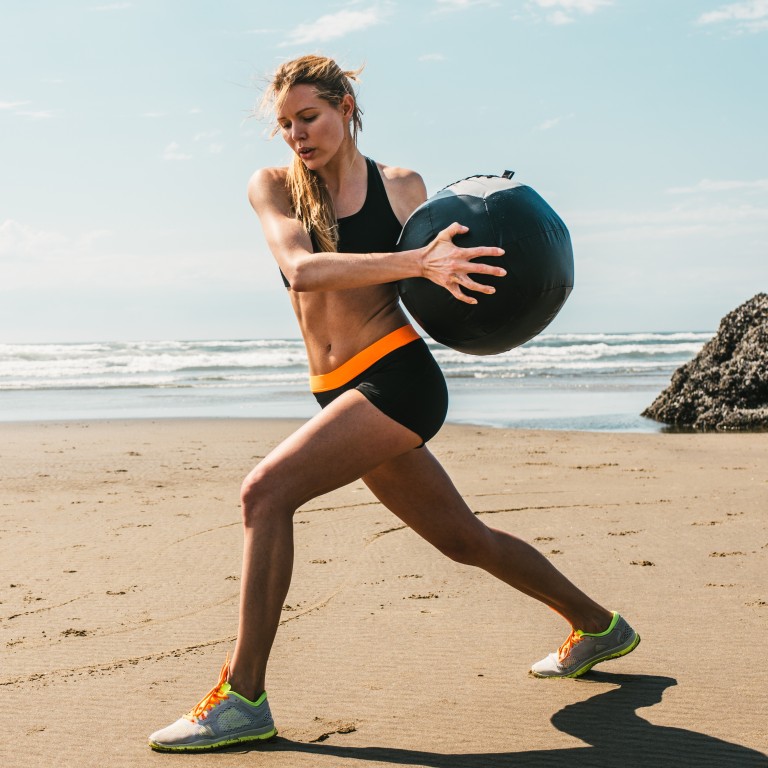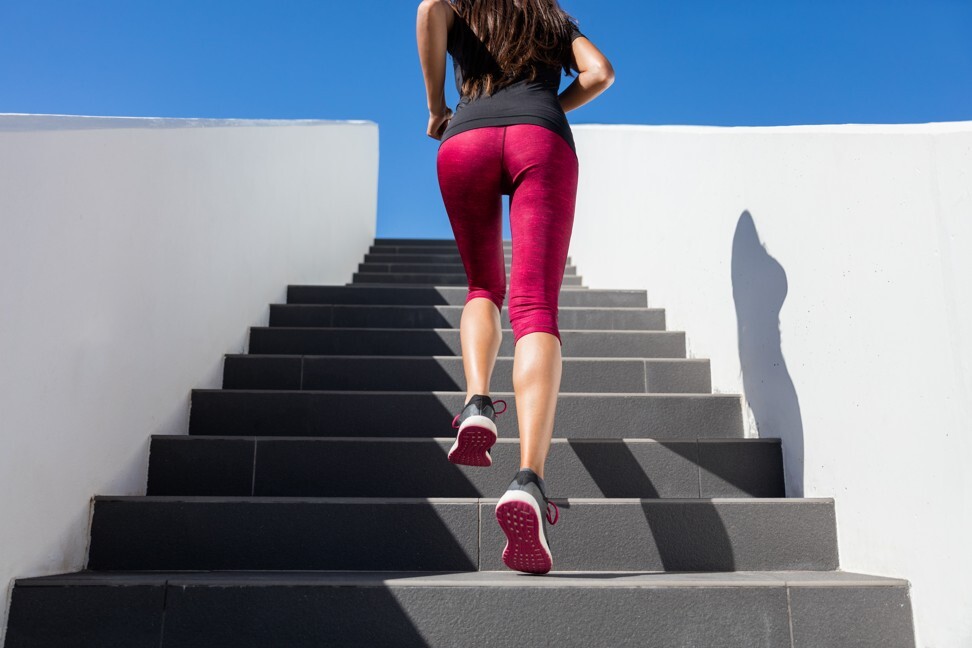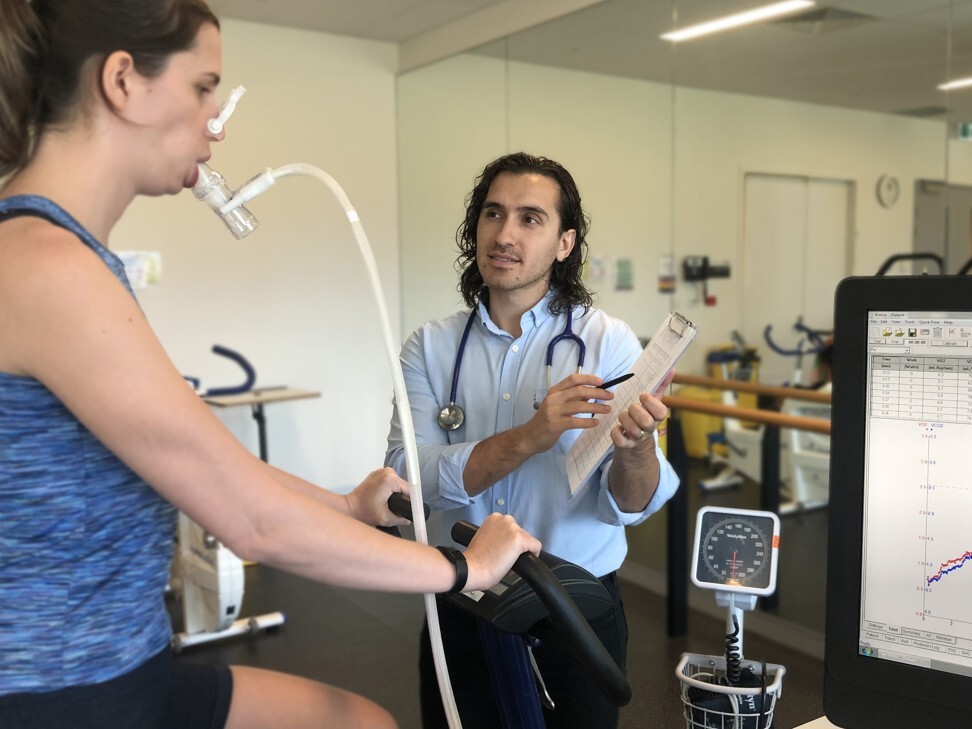
Explainer | 1 hour of HIIT exercise a week is as effective as 5 hours of moderate activity, research shows
- ‘Low-volume’ HIIT of less than 20 minutes, three times a week, is as effective as the WHO’s recommended 300 minutes of moderate activity a week, researchers say
- As little as four minutes of HIIT three times per week can significantly improve blood sugar levels and cardiorespiratory fitness, another report says
“Low-volume” high-intensity interval training (HIIT) of less than 20 minutes, three times a week, is as effective as the World Health Organization’s recommended 300 minutes of moderate activity a week, concludes a recent report in the Journal of Physiology.
A review of a decade’s worth of HIIT studies has also found that as little as four minutes of HIIT three times a week can improve health.
HIIT has become increasingly popular as a quick and effective way to improve health, with scores of programmes and classes popping up in Hong Kong in recent years. The training incorporates short bursts of active periods of work interspersed with recovery periods.

As countries emerge out of lockdown and people are more cautious about returning to gyms, HIIT continues to be a popular way to exercise. The WHO physical activity guidelines are 150 to 300 minutes of moderate activity per week or 75 to 100 minutes of vigorous activity a week. But for many time-poor Hongkongers this may be unattainable due to family or work commitments.
The findings of this study show that low-volume HIIT, involving less than 20 minutes of total exercise time including warm-up and cool down, yields comparable improvements to the WHO guidelines despite requiring significantly less time.
Will home workouts and HIIT replace gyms?
“While the WHO guidelines may serve their purpose at a populational level, individualised and tailored low-volume HIIT interventions, delivered by appropriately trained exercise professionals, may be more effective at an individual level, especially for time-poor individuals,” says Western Sydney University researcher Dr Angelo Sabag, who was part of the study.
“This research is especially important now as people are looking for new and exciting ways to engage in regular exercise after a year of lower physical activity due to the pandemic.”

For Hong Kong teacher Evie Ho, HIIT has been the perfect way to get fit and lose weight without spending hours in the gym.
“As someone who strongly dislikes exercising, HIIT seems ideal as in theory, you’ll put in a lot of effort for a shorter amount of time. It doesn’t take up too much time. I’m not very motivated to do exercise but if I know it’ll be short I have the mindset of getting it out of the way quickly,” she says.
The 28-year-old from Yau Ma Tei, a district in Kowloon, completes 21-minute sessions, three times a week.

Working out at home can be time- and cost-effective, and reduces the risk of spreading coronavirus which spreads via small liquid particles when people breathe heavily.
“It’s easy to do at home,” Ho says. “Due to Covid-19, I haven’t been going to the gym due to hygiene and cleanliness concerns, and I can easily fit in HIIT during my downtime. Going to the gym requires more dedication and can be a bit intimidating.”
Sommer Nisbet, 42, who previously enjoyed going to the gym, completes two or three longer bouts of HIIT each week, with the aim of building strength while improving cardiovascular fitness.

“I only started HIIT after my third child, when I had terrible posture due to a lack of strength and was completely unfit. Within a few months, I could feel my muscles gaining strength, which eased the pain I had been suffering in my shoulders and back due to poor posture. Also, I had more energy for playing with the kids, which was great,” she says.
The human resources director from South Lantau works with a personal trainer and also attends a boot camp class.
“For me, it is not so much about the short space of time as it is about how effective and well-rounded the exercises are,” she says.

